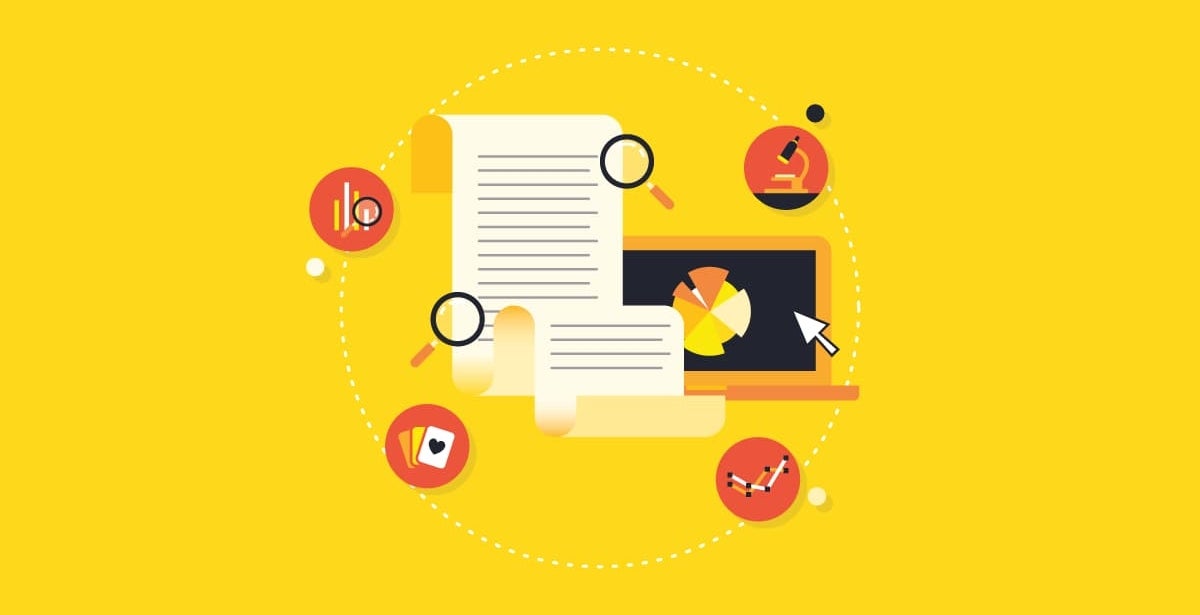
Businesses use analytics to explore and examine their data and then transform their findings into insights that ultimately help executives, managers and operational employees make better, more informed business decisions. Three key types of analytics businesses use are descriptive analytics, what has happened in a business; predictive analytics, what could happen; and prescriptive analytics, what should happen. While each of these methodologies offers its own unique insights, advantages and disadvantages in their application, used in combination these analytics tools can be an especially powerful asset to a business.
What is descriptive analytics?
Descriptive analytics is a commonly used form of data analysis whereby historical data is collected, organised and then presented in a way that is easily understood. Descriptive analytics is focused only on what has already happened in a business and, unlike other methods of analysis, it is not used to draw inferences or predictions from its findings. Descriptive analytics is, rather, a foundational starting point used to inform or prepare data for further analysis down the line.
Generally, the most simplistic form of data analytics, descriptive analytics uses simple maths and statistical tools, such as arithmetic, averages and per cent changes, rather than the complex calculations necessary for predictive and prescriptive analytics. Visual tools such as line graphs and pie and bar charts are used to present findings, meaning descriptive analytics can – and should – be easily understood by a wide business audience.
How does descriptive analytics work?
Descriptive analytics uses two key methods, data aggregation and data mining (also known as data discovery), to discover historical data. Data aggregation is the process of collecting and organising data to create manageable data sets. These data sets are then used in the data mining phase where patterns, trends and meaning are identified and then presented in an understandable way.
IBM Business Analytics Blog guest writer Dan Vesset breaks the descriptive analytics process into five broad steps:
- Business metrics are decided. First, metrics are created that will effectively evaluate performance against business goals, such as improving operational efficiency or increasing revenue. Vesset says the success of descriptive analytics heavily relies on KPI (key performance indicator) governance. ‘Without governance,’ he writes, ‘there may not be consensus regarding what the data means, thus guaranteeing analytics a marginal role in decision making.’
- The data required is identified. Data is sourced from repositories such as reports and databases. ‘To measure accurately against KPIs,’ Vesset says, ‘companies must catalogue and prepare the correct data sources to extract the needed data and calculate metrics based on the current state of the business.
- The data is collected and prepared. Data preparation – depublication, transformation and cleansing, for example – takes place before the analysis stage and is a critical step to ensure accuracy; it is also one of the most time-consuming steps for the analyst.
- The data is analysed. Summary statistics, clustering, pattern tracking and regression analysis are used to find patterns in the data and measure performance.
- The data is presented. Finally, charts and graphs are used to present findings in a way that non-analytics experts can understand.
What can descriptive analytics tell us?
Descriptive analytics is frequently used in the day-to-day operations of an organisation. Company reports – such as those on inventory, workflow, sales and revenue – are all examples of descriptive analytics that provide a historical review of an organisation’s operations. Data collected by these kinds of reports can be easily aggregated and used to create snapshots of an organisation’s operations.
According to online learning platform DeZyre, social analytics are almost always an example of descriptive analytics. The number of followers, likes and posts can be used to determine the average number of replies per post, the number of page views and the average response time, for example. The comments that people post on Facebook or Instagram are also examples of descriptive analytics and can be used to better understand user attitudes.
Descriptive analytics does not, however, attempt to go beyond the surface data and analysis; additional investigation falls outside the domain of descriptive analytics, and insights learned from descriptive analysis are not used for making inferences or predictions. What this methodology can reveal, though, are patterns and meaning through the comparison of historical data. An annual revenue report, for example, may appear to be financially reassuring in isolation until it is compared to the same reports from previous years, and together they reveal a downward trend.
